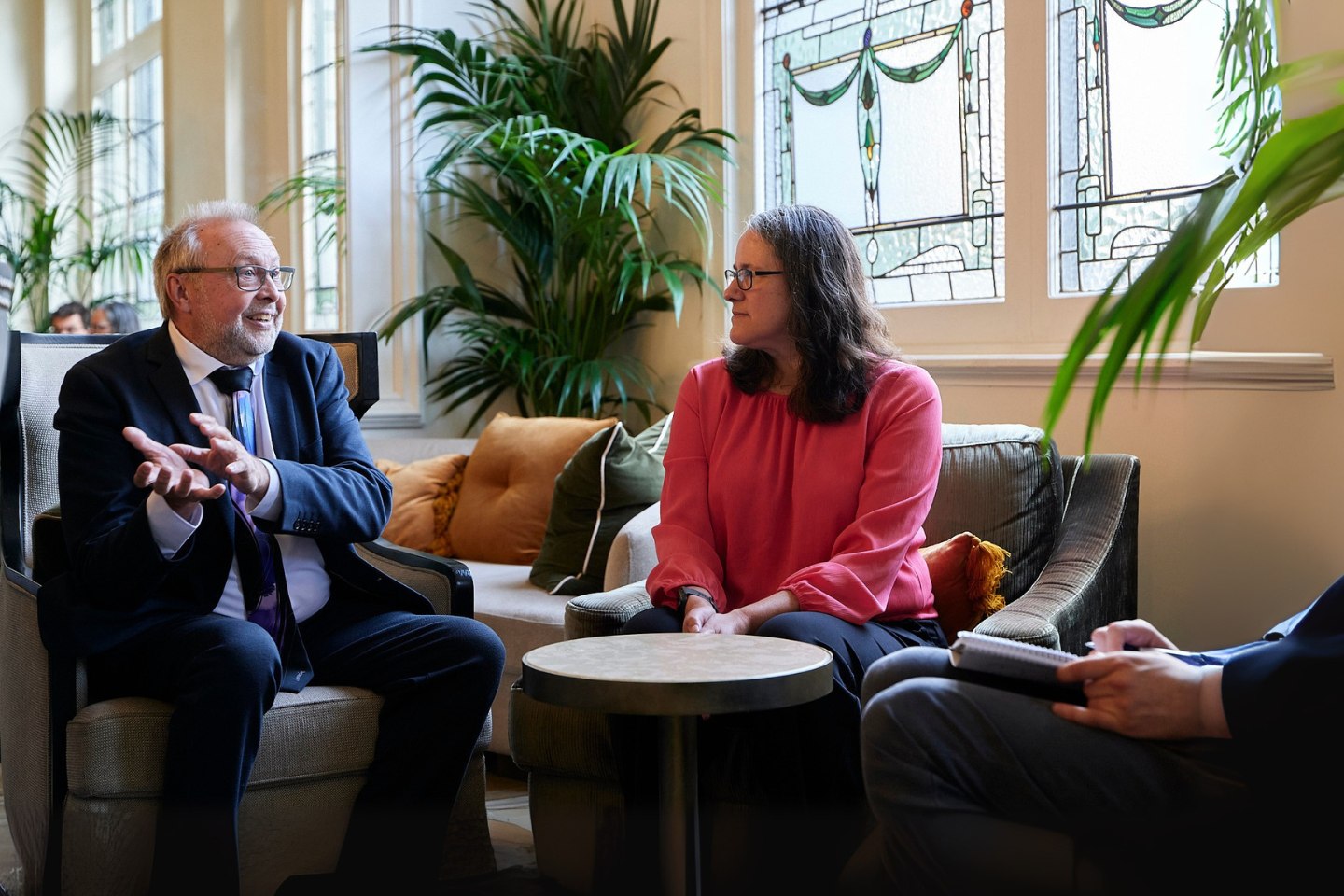
The TIMSS meeting where countries speak up and be heard
ACER news 29 Jul 2025 6 minute readDelegates from 45 countries have been collaborating in Melbourne at the third meeting of National Research Coordinators (NRC) for the Trends in International Mathematics and Science Study (TIMSS) 2027 cycle.
TIMSS is a large-scale assessment that enables countries to monitor and compare their mathematics and science curricula, and teaching and learning by assessing the performance of students in years 4 and 8.
The Australian Council for Educational Research (ACER) has hosted the latest meeting, following gatherings in Hamburg and Belgrade earlier this year. ACER has administered TIMSS in Australia since the first cycle in 1995.
We took the opportunity to sit down with Dr Dirk Hastedt, Executive Director for the International Association for the Evaluation of Educational Achievement (IEA), and Dr Ann Kennedy from Boston College’s TIMSS and PIRLS (Progress in International Reading Literacy Study) International Study Centre to discuss the NRC meeting and what to expect from the TIMSS 2027 assessment.
The agenda
The third NRC meeting is when the TIMSS contextual questionnaires undergoes extensive collaborative review. It’s a pivotal point in the design of the assessment as the focus will be on developing a good set of items for both year groups. The delegates also review and finalise the field test instruments, with the test due to be held early next year.
The mathematics and science assessment frameworks are updated each cycle to reflect the participating countries’ curricula, educational frameworks and policy priorities. It’s also an opportunity to make sure that questions are standardised across cultural and linguistic lines.
‘This is the meeting where it’s most important to speak up and be heard,’ Dr Hastedt says.
‘For example, there have been numerous cases where questions that might be perfectly clear in English have a completely different meaning in other languages and cultures. That’s one of the reasons why it’s so important to gather representatives from the participating countries in one room.’
What’s new in TIMSS 2027
With every cycle, work is undertaken to make the content of the assessment more engaging, Dr Kennedy says.
‘The 2023 assessment was the first to be fully digital, and that has given us a lot of opportunities to innovate both in the types of questions we ask and the format of responses.'
‘This will also be the second cycle with marked changes to the way data is processed. It will enable researchers to see how students have navigated the assessment, for example whether they’ve returned to a question or checked their work prior to submission – this will give us a much clearer picture of students’ experience with test items and their approach to problem solving.’
TIMSS 2023 collected data that suggests that students in year 4 and 8 who strongly value preservation of the environment tend to have a higher average achievement in environmental knowledge than those who don’t.
Describing environmental literacy as very important, Dr Hastedt says that the environmental domain will be fully integrated into the design of the assessment in 2027.
Parents of year 8 students will also now be invited to participate in the home survey component of the assessment. The information collected will provide valuable insights into the environments in which students learn and the impact that has on achievement.
Data across three decades
‘When we were first developing TIMSS, before the first cycle in 1995, we didn’t want to include league tables,’ Dr Hastedt shares. ‘TIMSS results are supposed to be an educational indicator rather than a target.’
Dr Kennedy adds: ‘That’s reflected in the strategy we have for releasing and reading reports; the interactivity allows researchers and policy analysts to look at the variables in policy terms and research questions and other areas they are interested in.’
With the study moving into its ninth cycle, there’s an expanding wealth of trend data useful for policymakers and educators alike.
Learn more
